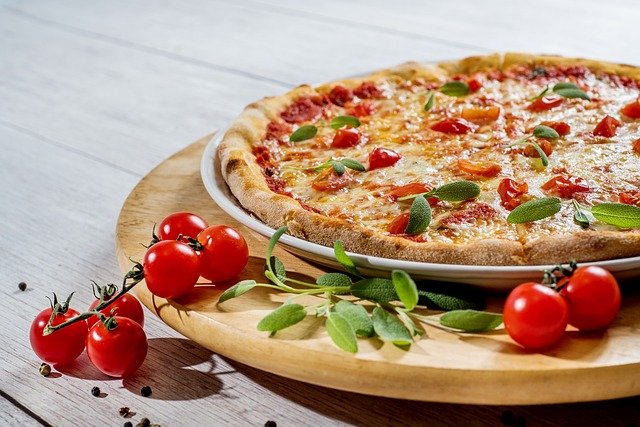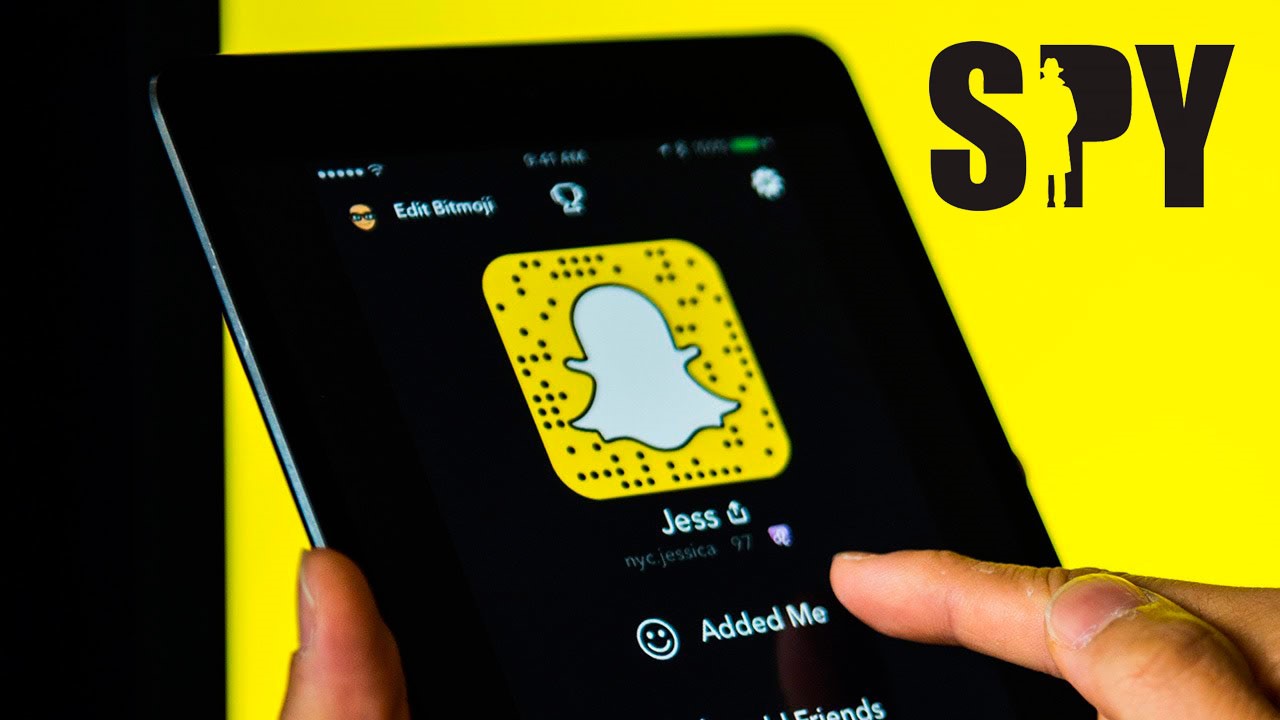The world with technological advancements is going more mobile and the demands of customers which need to get fulfilled on their demands are making significant changes in the past few years.
On-demand food delivery services are getting transformed rapidly. All the food delivery apps such as Zomato, Swiggy and others cater the cravings and mid night hungers of different people as per their convenience.
Customers do not have to restrict themselves with limited options of all the restaurants which provide food deliveries ; Midnight cravings or morning hunger cramps. All such cravings can get satisfied with such apps from where the food delivery needs to be made and from which place it is needed.
On-demand food deliveries are nothing new in the market as earlier people used to call at the restaurants by calling the restaurants and asking the reception for the menu and then they used to place the order by asking the costs of the food items on the call itself.
With the emergence of the mobile phones the cutting edge technology got much more easy and access to high speed internet can be considered responsible for changing the behavioral patterns of the individuals.
On-demand food delivery through apps have been making revolutionary changes in taking online orders after the year 2015 when such apps were the new talks of the town.
Alright let’s discuss the crux how food delivery apps actually work?
Food Delivery apps make it possible to deliver the meals and other food products from the nearby restaurants and cafes. Online food delivery apps provide customers to make an order from a wide range of establishments with a single tap on their mobile phones.
Online services give a chance to the customers to search for their favourite food and the restaurant.
Why to build a food delivery app?
As per the survey carried out by statista, online food delivery space has generated revenue amounting to $107.44 billion in the year 2019 and is expected to rise up to $156.82 by the year 2023 with a growth rate of 9.9%.
Looking at the market opportunities many entrepreneurs are making their moves and are trying their best to get into the On-demand food delivery sector with the help of mobile apps.
The one thing which is evident than the food delivery and its system can never get outdated.
Choosing the Business Model
All the business models which can be adopted by the business owners for their Food Delivery App are as follows:
The Order Only Model
The order only model was first introduced by the first generation restaurant delivery services such as Grubhub, Zomato and much more.
Such models can be used by all the service providers which take the initiative to provide a software layer that clusters standalone restaurant offerings and also assists them in expanding the market reach.
Such clusters did not prove the delivery services. The primary selling point of such models is to bring new orders to the restaurants and even replace their system to place an order by optimizing the mobile apps and even the web platform.
Food delivery app can connect the customers with all the local eateries and even facilitate the interactions taking place between them. Food ordering platforms render easy search and all the functions related to orders to all its customers.
Such a model charges the commission which ranges around 7-15% to all the restaurants.
How it actually works
All the clients place their orders on the apps or the website.
The restaurant gets the order
The restaurant even notifies that the order request has been received
Delivery gets done by the driver of the restaurant or by the driver of the third party service provider.
Advantages
Third party delivery providers are not at all involved in preparing food items, they just need limited resources which are highly scalable and even the costs of such apps get reduced.
Limitations
The dependency of all the restaurants to complete the deliveries eventually means they have got the limited control of the overall process. The delivery services cannot be controlled and even optimization cannot take place.
The Order and Delivery Model
This business model can be considered as the State-of-the-art version from the first model that we discussed and this model is adopted by most of the companies whether it is Doordash or Uber.
In this model, the service providers also bring about additional orders and requests to all the eateries and even provide their own logistics network to initiate the deliveries from the restaurants through the channel of independent couriers.
Order and delivery platforms even handle the logistics for the restaurants,food joints and even the home delivery services.
The order and delivery model can be proven beneficial for all the restaurants as they don’t need anything to invest in delivering food or pay for the courier services or even for the maintenance of the vehicles.
Even the drivers get paid as per the distance they travel to complete a delivery. Nowadays all the companies even raise their p[rices during the rush office hours and charge above the standard rate of delivery.
Order and delivery services cut around 20% to 30% on every order’s cost and can even charge the delivery fee from the customers.
Order Allocation
Ordering takes place in the same app and where the menu of the restaurant gets uploaded. Customers even select the food items to make the payments.
Once the amount goes through it, the restaurant gets notified about the request so that they can confirm the order or even reject the order request.
Delivery
When the delivery personnels are on their respective jobs, they have another app known as a courier app where they need to log in.
When the request comes on the app, the notification gets sent to the couriers closest to the pick-up location so that the delivery of the meal can reach on time.
On receiving the notification the carriers can decide whether to accept the request or reject the order.
The first courier which takes the order will be assigned the order. If there are no carriers available in the nearby location then the pickup request gets shared with the drivers which are little far until it gets accepted.
Deliveries provide important data to the service provider and can help the drivers by optimizing the routes and about the patterns pertaining to Pick-up/drop off.
Advantages
As the service provider completely controls the delivery process, they can even charge a higher commission about 25-30% on an average.
They can even benefit from all the considerable barriers to entry and scale the advantages.
The prime feature is that they can easily offer the wide range of restaurants and even the cost of the resources attached gets reduced.
Limitation
The resources in large numbers such as team of drivers, customer executives, technological support and even the different apps of all the stakeholders are required to operate the food delivery business in an efficient way.
All the software companies need to invest a significant investment in operation work such as hiring and training drivers, maintenance of the equipment, shift planning and all the difficulties attached to scale up the initial stages without any particular investments.
Cloud Restaurant Model
In this model, the restaurants do not need to provide in-house dining services and they can only serve as the delivery partners for restaurants.
When the user orders a food through the app or website, the cloud kitchen prepares the food.
It gets delivered by its own delivery services or the delivery provider’s help to eliminate the needs of the substantial real-estate area.
Many orders and the delivery service providers are also smudging in the cloud restaurant model, helping the eateries to open all the cloud kitchens.
As it requires less investments, the food can be offered at lower prices along with maintaining healthy margins.
Limitations
Since the restaurants not only caters to the online subscribers without making any physical presence in the market, brand recall makes it more difficult.
They are completely dependent on the delivery providers for making the efficient operations for which they need to invest significant resources in developing the last mile aspect of the food chain.
Meal kit delivery model
The meal kit delivery model is a market which is gaining much traction in the food delivery industry and it also helps in catering the needs of the customers which prefer to cook based on the recommendations but they do not have any time to get all the ingredients.
In this business model, restaurants help in delivering hand curated ingredients along with all their recipes of the customers.
Customers have their options to select veg,non-veg or the full family meal and accordingly they will get the recipes and ingredients to prepare for the dishes.
The meal kits get provided by the delivery drivers and different recipes get prepared by different In-house chefs.
Advantage
Since the meal kit delivery model works with different subscription models, the revenue generated per user gets very high and its recurring revenue rather than just one time service.
By using the food delivery app, the customers can place an order of their favourite cuisine or from the choice of restaurant. The restaurant gets further notified for the order and even helps in preparing the food which gets delivered to the address of the customers by using the food delivery app.
The last line All the business models have their own advantages, business owners need to choose the best model which suits their demand and along with that the model which provides the best user experience must be integrated to get the desirable results for the apps.
The companies which can fulfill the organizational goal as well as which works according to the demands of the customers can survive in the market for the long run.
Author’s Bio
James Vargas is an experienced business expert, startup business consultant, assistance in trademark registration, Food Delivery App Development and marketing head at Get Everything Delivered. With the 1.5-decade corporate experience, he is now sharing his guidance to start-ups to grow with corporate team building activities and project delivery solution




